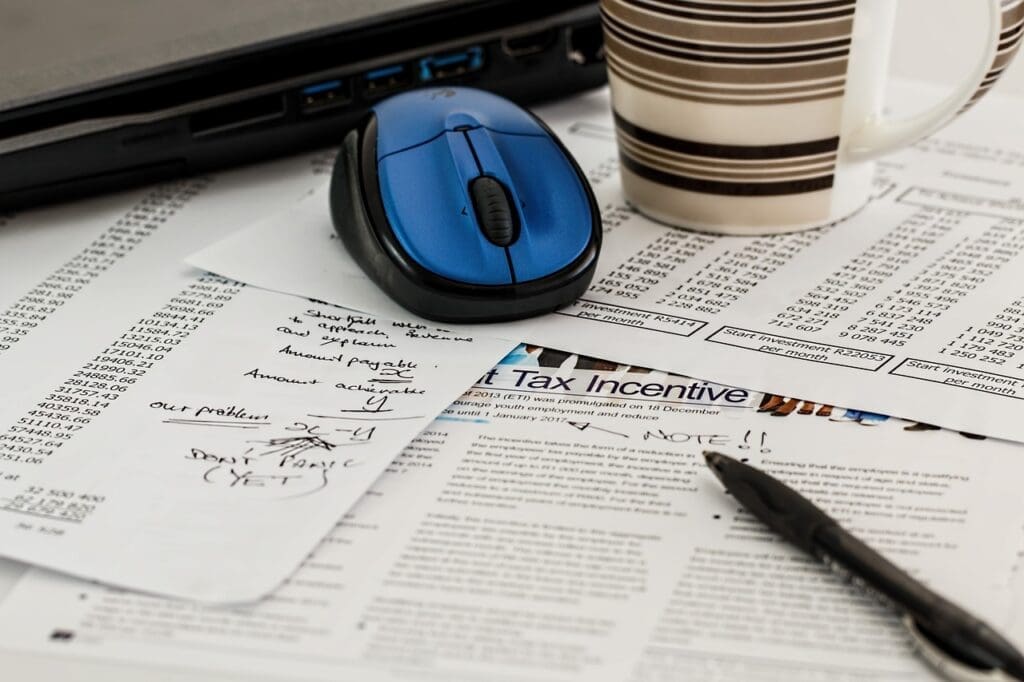Dealing with unpaid back taxes can be a daunting experience, but understanding the process and options available can significantly reduce stress and financial strain. This step-by-step guide aims to help you navigate the complexities of resolving your IRS back taxes effectively.
Introduction
Unpaid back taxes are taxes that have not been paid by the deadline. The Internal Revenue Service (IRS) is quite stringent about collecting taxes due, but they also offer several programs and solutions for taxpayers to resolve their debts. The key is to approach the situation proactively and with the right information.
Step 1: Understand Your Tax Debt
Before you can resolve your tax debt, you need to understand how much you owe and why. The IRS will send you a notice detailing your tax debt, including the principal amount, penalties, and interest accrued. Review this notice carefully. If you disagree with the amount, you have the right to ask for a detailed explanation or to dispute the debt.
Key Points:
- Check the Notice: Ensure all personal information is correct.
- Understand Penalties and Interest: Know how much is due to late payments and non-compliance.
Step 2: File Any Unfiled Tax Returns
If you have unfiled returns, you must file them as soon as possible. Not filing can lead to higher penalties and limit your options for resolution. The IRS requires current tax compliance before negotiating any debt settlement or payment plan.
Key Points:
- File Past Due Returns: Use the correct forms for each tax year.
- Consult a Tax Professional: They can help ensure your returns are accurate.

Step 3: Explore Your Payment Options
Once you have filed all necessary returns and know what you owe, explore your payment options. The IRS offers several ways to resolve unpaid taxes:
1. Full Payment:
If possible, the simplest way to resolve back taxes is by paying the full amount. This approach avoids additional interest and penalties.
2. Installment Agreement:
If you can’t pay in full, an installment agreement allows you to pay your debt over time. There are several types of installment agreements:
- Short-Term Payment Plan: For debts under $100,000, payable within 120 days.
- Long-Term Payment Plan: For larger debts or those requiring more time (up to 72 months).
Key Points:
- Apply Online: Use the IRS’s Online Payment Agreement tool.
- Understand Fees and Interest: Installment plans include setup fees and ongoing interest.
3. Offer in Compromise (OIC):
An OIC allows you to settle your tax debt for less than the full amount if paying your full tax liability would cause financial hardship. This requires proving that you cannot pay the full amount now or through payment plans.
Key Points:
- Eligibility: Must demonstrate financial hardship.
- Application: Requires submitting detailed financial information using Form 656 and a $205 application fee (some low-income taxpayers may qualify for a fee waiver).
4. Currently Not Collectible (CNC):
If you can show that paying your tax debt would prevent you from meeting basic living expenses, you can apply for CNC status, which pauses collections until your financial situation improves.
Key Points:
- Documentation: Prove your financial situation with detailed records.
- IRS Review: The IRS may periodically review your income to see if your status should change.
Step 4: Communicate with the IRS
Communication is critical. If you’re unsure about the process or your options, speak directly with an IRS representative or hire a tax professional. Respond promptly to resolving IRS back taxes and keep records of all communications.
Key Points:
- Stay Proactive: Respond to IRS notices and keep them informed of your situation.
- Seek Help: Consider consulting with a tax advocate or professional for complex cases.
Step 5: Avoid Future Tax Debt
Once you resolve your back taxes, ensure you stay compliant in the future:
- Adjust Withholdings: If underpaying taxes caused your debt, adjust your W-4 withholdings with your employer.
- Make Estimated Tax Payments: If you’re self-employed, make sure to pay quarterly estimated taxes.
- Keep Good Records: Maintain accurate and timely financial records to avoid future issues.
Conclusion
Resolving IRS back taxes might seem overwhelming, but with the right approach and information, you can navigate the process and minimize the impact on your financial future. Remember, the worst thing to do is nothing; taking action promptly can save you money and stress in the long run.

